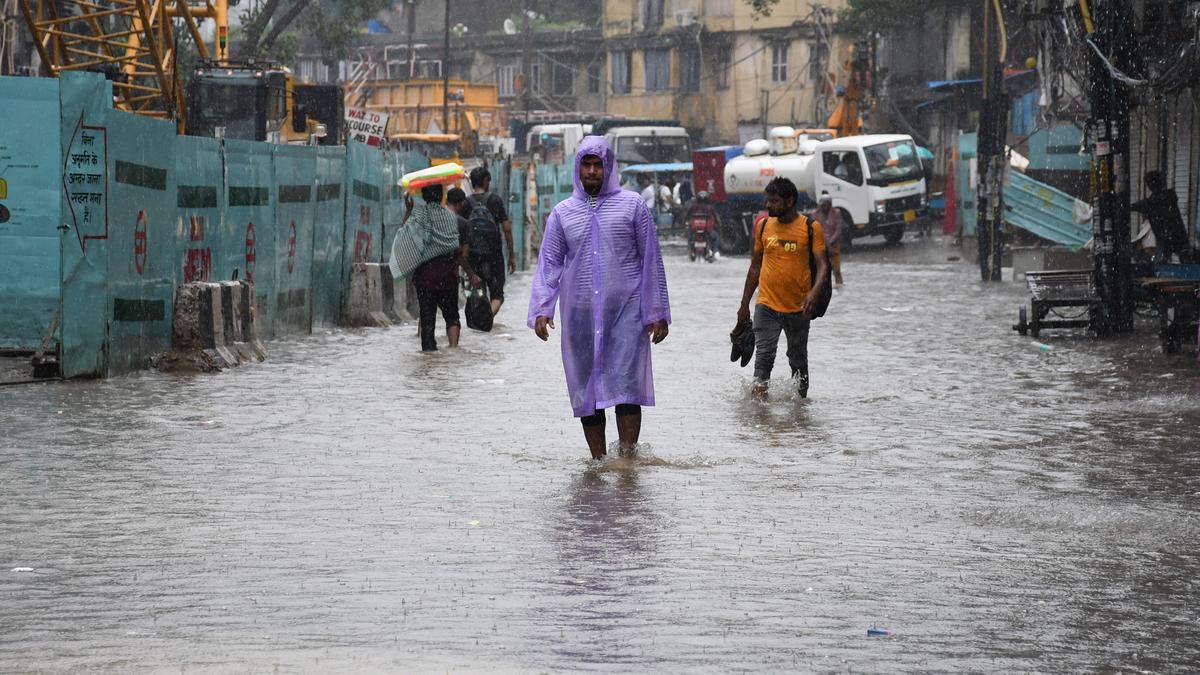Now Reading: India Faces Uneven Monsoon: Rainfall Normal, Regional Disparities Persist
-
01
India Faces Uneven Monsoon: Rainfall Normal, Regional Disparities Persist
India Faces Uneven Monsoon: Rainfall Normal, Regional Disparities Persist

Quick Summary
- India has received 539 mm of rainfall between June 1 and august 10, slightly above the long-period average of 535.6 mm (1% higher).
- Rainfall distribution across States is uneven:
– Normal Rainfall: 25 states and Union Territories recorded rainfall within ±19% of the long-period average.
– Deficient Rainfall: Arunachal Pradesh (40% below normal), Assam (37%), Meghalaya (45%), Sikkim (20%), bihar (25%).
– Excess Rainfall: Jharkhand (+41%), Delhi (+37%), Rajasthan (+58%), Madhya Pradesh (+30%), Puducherry (+32%).
– Large Excess Rainfall: Ladakh recorded +115%.
- Cloudbursts,flash floods,landslides occurred in western Himalayan areas like Himachal Pradesh and Uttarakhand during July-August.
- The IMD predicts above-normal rainfall in the second half of the monsoon but expects continued dryness in pockets like northeast India and parts of east India.
- Northeast India has experienced consecutive years of below-normal rainfall; regional disparities remain a concern.
- Monsoons directly impact agriculture, which supports about 42% of India’s population and contributes ~18.2% to GDP.
Indian Opinion Analysis
The uneven distribution of monsoon rains underscores India’s vulnerability to regional climate patterns. While cumulative national figures reflect near-normality, stark disparities-from deficient rainfall in northeastern states to excess precipitation leading to disasters in western Himalayan regions-highlight a complex scenario demanding region-specific mitigation plans.
Agriculturally dependent states with drought-like conditions may face challenges that could affect food security or livelihood sustainability for millions reliant on farming. Conversely, excessive rains damaging infrastructure sectors add pressure on disaster management resources. Long-term strategies integrating water management systems across both surplus and deficient zones appear critical given monsoons’ role not only for agricultural but also water reservoir replenishment vital for drinking water supply and power generation.
Additionally, northeastern India’s consistent trend toward decreased precipitation warrants targeted resilience-building programs alongside research into mitigating climatological shifts over this area.





















